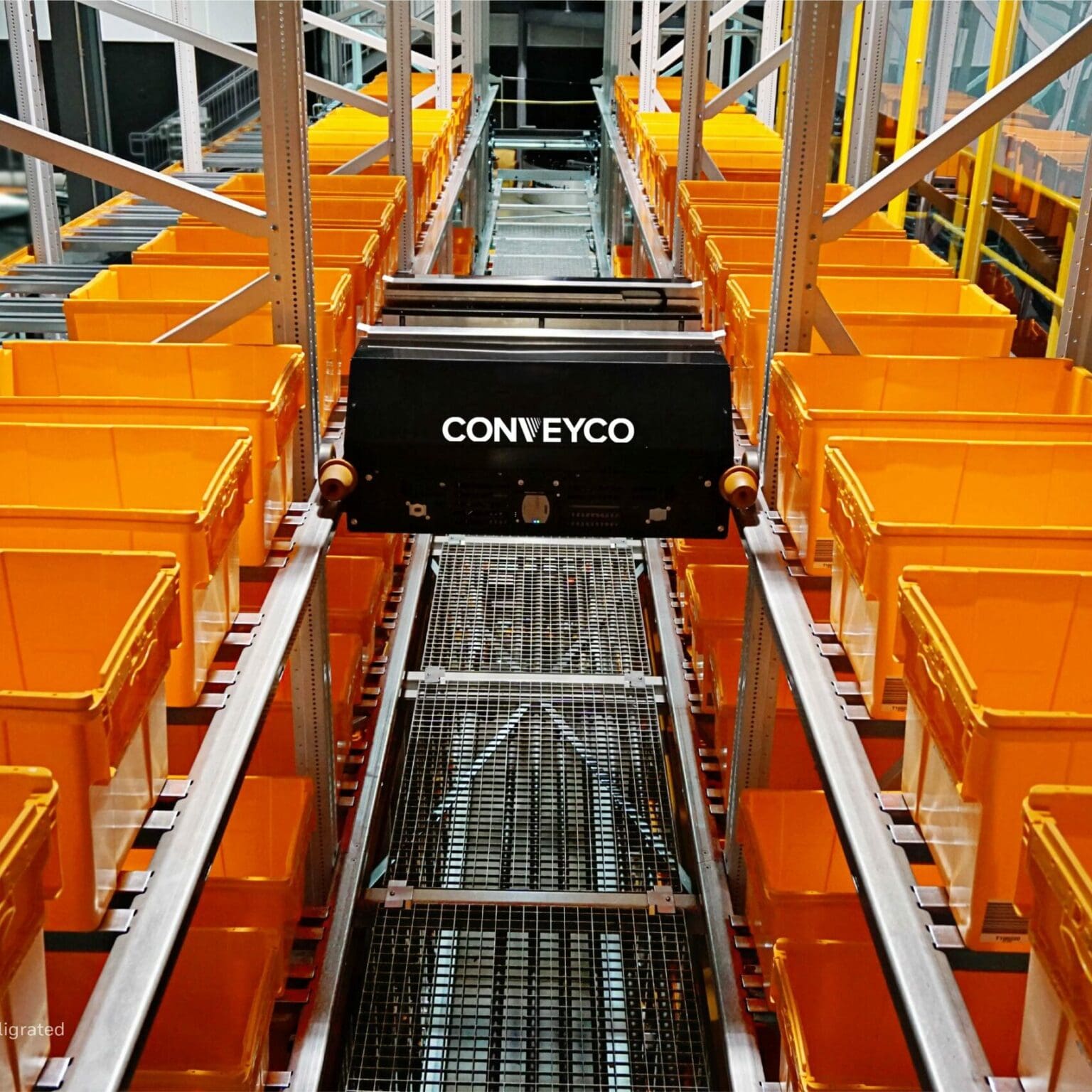Selecting, optimizing, and implementing the right automated storage and retrieval system is crucial for the success of your business. At Conveyco, we integrate a wide range of automated storage and retrieval system solutions to meet the varied needs of our clients. We tailor and implement each automated retrieval system to meet the unique needs of your operation.
AS/RS systems bring numerous benefits to warehouses by increasing the efficiency of your storage process. AS/RS storage systems use a variety of automation techniques to induct, store, and retrieve goods in a warehouse.
At Conveyco, we are more than just a systems integrator, we focus on being your trusted business partner for growth. For over 25 years, we’ve delivered on our promises with precision and a customer-first mindset.

Contact us today to learn how we can help you achieve your business goals and lower operational costs with our expert warehouse ASRS system integration.